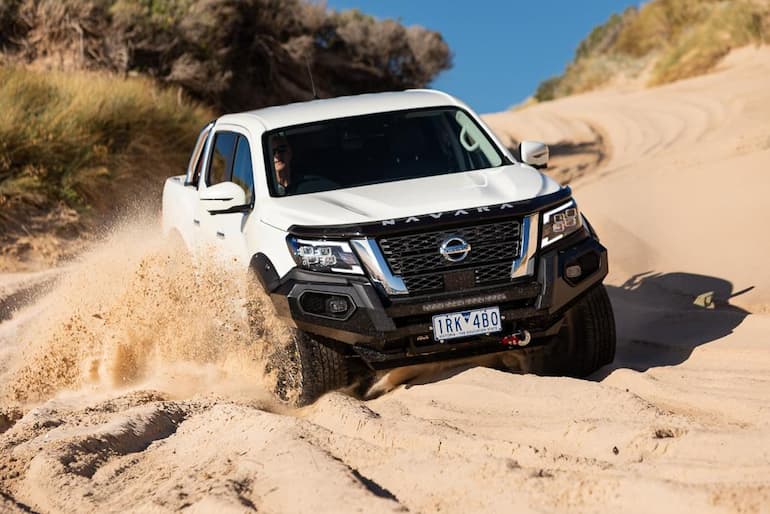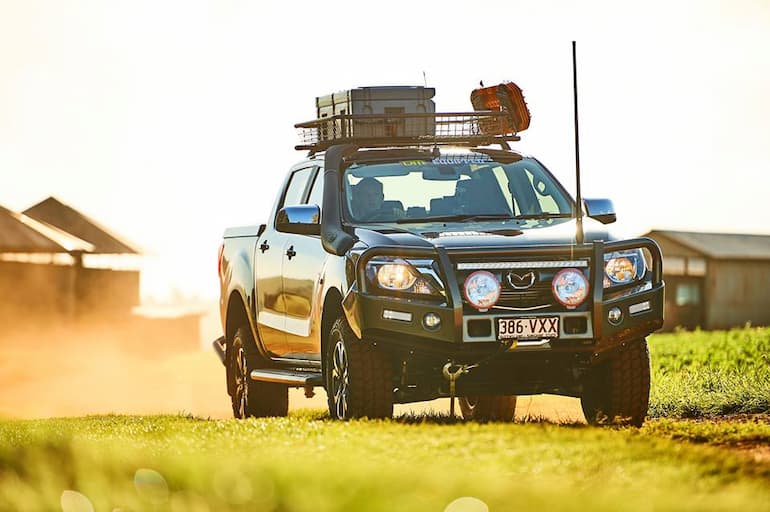4×4 vehicles are the rugged explorers of the automotive world, designed to conquer challenging terrains, venture off the beaten path, and tackle the great outdoors. However, their off-road prowess relies heavily on one critical component: the battery. In this extensive 1200-word guide, we’ll delve deep into the world of 4×4 batteries, exploring their importance, the specific needs of 4×4 vehicles during off-roading, the various types available with their distinct advantages and disadvantages, and essential factors to consider when choosing the right battery for your 4×4 adventures.
The Crucial Role of 4×4 Batteries

When you envision off-road excursions in your trusty 4×4, the focus is often on the vehicle’s ruggedness, terrain-taming tires, and advanced suspension systems. However, the unsung hero enabling all these adventures is the 4×4 battery. These batteries serve as the lifeblood of your vehicle’s electrical system, powering essential components such as the engine starter, lights, winches, communication devices, and navigation equipment.
Starting Power: 4×4 batteries need to provide robust starting power, ensuring your vehicle fires up reliably, even in the harshest conditions. Whether you’re in the sweltering desert or the freezing wilderness, a dependable battery is the key to kickstarting your off-road escapades.
Auxiliary Power: Off-roaders often equip their 4x4s with an array of auxiliary accessories, from spotlights and refrigerators to winches and air compressors. These power-hungry devices demand a battery with a high capacity for auxiliary power to keep them running without draining the main battery.
Durability: The rigors of off-roading put batteries to the test. Vibrations, jolts, and extreme temperatures are par for the course. A durable 4×4 battery is essential to withstand these challenges, ensuring that it remains functional when you’re miles away from civilization.
Types of 4×4 Batteries
4×4 enthusiasts have a range of battery options to choose from, each with its own set of advantages and disadvantages. Selecting the right type depends on your specific off-road needs and preferences:
Lead-Acid Batteries:
Advantages: Lead-acid batteries are widely available, cost-effective, and can deliver the required starting power for most 4×4 vehicles. They are also durable and can withstand the rough conditions of off-roading.
Disadvantages: They are relatively heavy, which can affect your vehicle’s weight distribution. Additionally, lead-acid batteries may discharge more quickly when exposed to deep cycling.
AGM (Absorbent Glass Mat) Batteries:
Advantages: AGM batteries are maintenance-free and offer a high power-to-weight ratio. They can handle deep cycling better than traditional lead-acid batteries and are less prone to vibration damage.
Disadvantages: AGM batteries tend to be more expensive upfront compared to standard lead-acid batteries.
Gel Cell Batteries:
Advantages: Gel cell batteries are extremely resilient, making them suitable for off-road adventures. They are maintenance-free, leak-proof, and can handle deep discharges without damage.
Disadvantages: They are usually more expensive than lead-acid batteries and require specific charging equipment.
Choosing the Right 4×4 Battery

Selecting the ideal 4×4 battery involves considering several crucial factors:
- Battery Size and Compatibility: Ensure the battery you choose fits your vehicle’s specifications and can be installed without modification.
- Cold Cranking Amps (CCA): CCA represents the battery’s ability to start the engine in cold weather. For off-roaders who face extreme temperature variations, a higher CCA rating is advisable.
- Reserve Capacity (RC): RC indicates the battery’s ability to power auxiliary devices without the engine running. A higher RC is essential if you plan to run power-hungry accessories.
- Maintenance Requirements: Consider whether you prefer a maintenance-free battery like AGM or gel cell batteries or if you’re willing to perform periodic maintenance on a traditional lead-acid battery.
- Durability: Evaluate the battery’s ability to withstand off-road conditions, including vibrations and shocks. Look for batteries designed with ruggedness in mind.
- Warranty: Check the manufacturer’s warranty, as it reflects the brand’s confidence in the battery’s durability and performance.
- Price: While cost is a factor, prioritize the battery’s performance and suitability for your off-roading needs. A cheaper battery may cost more in the long run if it fails prematurely.
- Weight: Consider the battery’s weight, as it can impact your vehicle’s overall weight distribution and fuel efficiency.
- Terrain and Climate: Think about the environments you’ll be exploring. Extreme temperatures, high altitudes, and water crossings can affect battery performance. Choose a battery that can handle your specific off-road conditions.
Conclusion
4×4 batteries are the backbone of off-road adventures, providing the power needed to explore rugged terrains and overcome obstacles. These batteries play a dual role, ensuring your vehicle starts reliably and providing the energy required for auxiliary accessories. Whether you opt for a traditional lead-acid battery, an AGM battery, or a gel cell battery, your choice should align with your off-roading needs and preferences. Durability, performance, and compatibility with your 4×4 are key considerations when selecting the perfect battery. With the right battery under the hood, you can embark on your 4×4 adventures with confidence, knowing that the heart of your vehicle is ready to power your exploration of the great outdoors.

